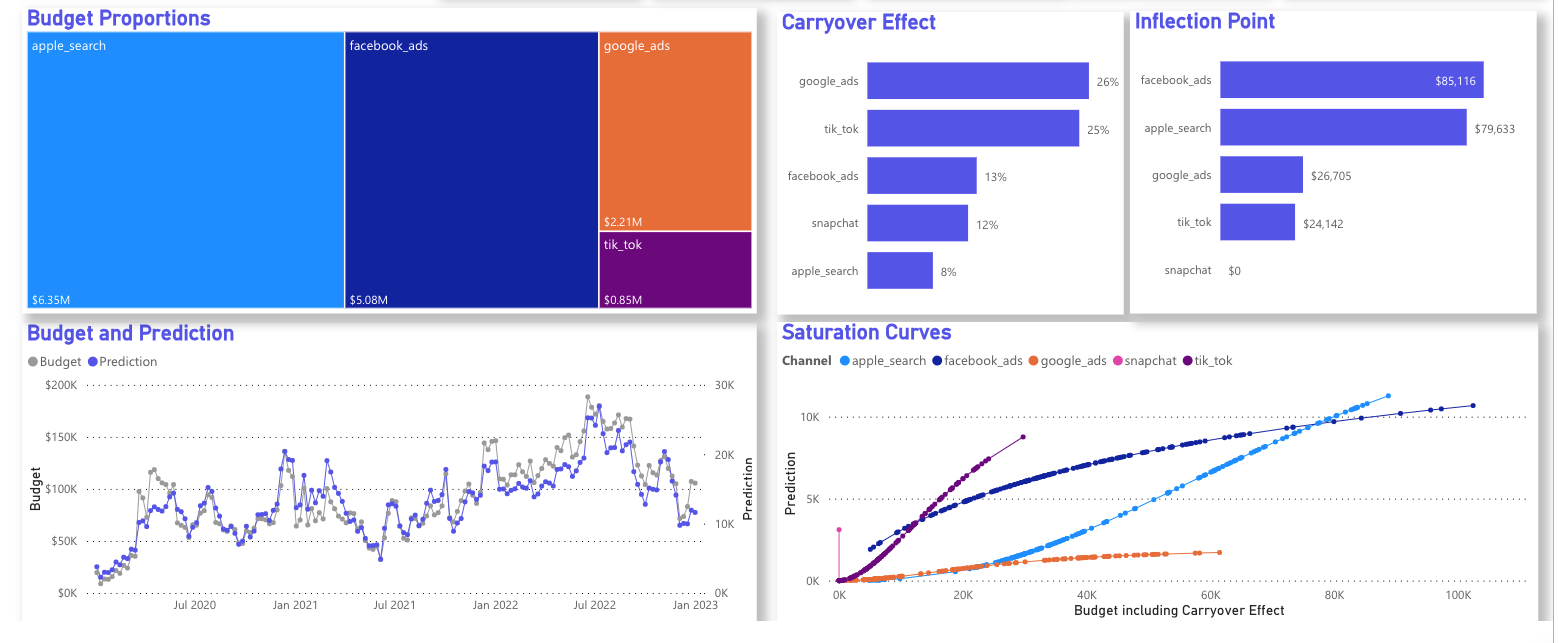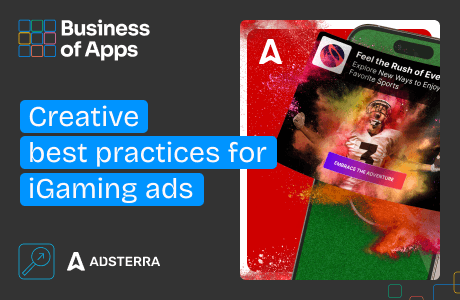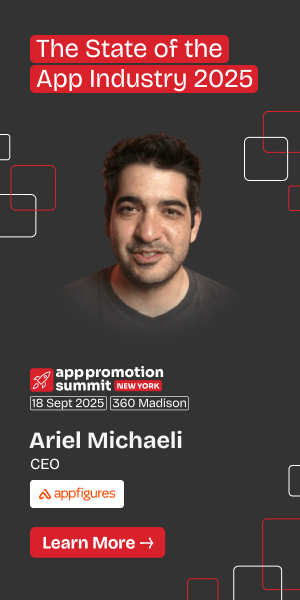Marketing a mobile app these days is like navigating a maze blindfolded. If you’re in the game, you’re well aware of the fierce competition for new users, and even keeping them engaged and sticking around is a challenge. On top of that, deciphering the right monetization strategies adds another riddle.
And, of course, you’re probably being handed a bigger workload with fewer resources. Smaller marketing teams, tighter budgets, and more challenging KPIs than ever: It’s like juggling flaming torches while riding a unicycle.
Let’s not forget the tricky business of understanding your marketing results. You might need more confidence in your measurement strategy, especially with less user-level data. Does any of this sound familiar?
- Apple’s SKAdNetwork (SKAN) and the App Tracking Transparency (ATT) play hide-and-seek with user-level data and impose time constraints.
- Cross-device tracking is getting as elusive as a unicorn, especially with the looming demise of third-party cookies.
- Users are becoming tight-lipped about sharing personal data, such as Apple’s IDFA.
There are undoubtedly more changes on the horizon. As Eric Seufert stated in Mobile Dev Memo, “ATT is simply the first concrete, mass-scale, consumer-level privacy policy to be introduced in what will ultimately be a complete transformation of digital privacy norms.”
Moreover, economic conditions have been nothing short of … well, let’s say “unpredictable.” Different types of mobile games and apps ride the economic waves differently, adding another layer of uncertainty to the already perplexing world of app marketing.
Staying on top of all these shifts has practically become a full-time job. Today, it’s pretty much a necessity to team up with industry experts who can guide you through the app marketing ecosystem and help you apply the latest and greatest techniques.
But don’t despair. In this ever-evolving landscape, the encouraging news is that technologies have emerged to address these challenges.
From uncertainty to confidence with machine learning
One ray of hope for app marketers is machine learning, especially AI-driven predictive approaches that can regain laser-focused, user-level insights from your user data. These tools help you overcome the pitfalls of imperfect data and attribution challenges so you can once again make decisions grounded in solid information. With predictive capabilities, you can again anticipate future user actions and make informed decisions about user acquisition.
You can foresee new users’ long-term revenue and behavior by harnessing available user data for training predictive models. These forecasts can then inform campaign strategies and optimization choices. Just like that, you’ll feel a restored sense of confidence and control in your overarching strategy and day-to-day decision-making.
At each phase of the marketing process, machine learning has the potential to fuel data-driven decision-making. Let ML predictions guide everything from budget allocation to campaign management and optimization.
Marketing mix modeling helps measure the ROI of all marketing channels and guides decisions for the future.
Source: Pecan.ai
Using machine learning in mobile marketing
Your marketing team is probably already partnering with new AI tools for creative inspiration and faster content creation. Tools like ChatGPT and DALL-E are becoming regular parts of many marketers’ workflows. However, for all the buzz these tools have generated, the bedrock machine learning methods still have invaluable applications for mobile marketers looking to achieve their goals efficiently.
Marketing mix modeling (MMM)
If you use a blend of online and offline marketing channels, it may be challenging to determine how to allocate your budget effectively. But today’s MMM — improved by machine learning for speed and efficiency — makes informed decision-making far more straightforward for many marketing teams.
With MMM, you can get easily interpretable, actionable insights into your spend’s return on investment (ROI) in various channels. You can also use simulation tools to experiment with what-if scenarios. Even in an era of fast-changing privacy policies and data availability, MMM offers a comprehensive view of the performance of all marketing channels, allowing you to allocate your budget where your target users are most active. Moreover, MMM is future-proof and adaptable regardless of how platforms may change.
Personalization
Enhancing your campaigns by efficiently tailoring them to specific user segments identified through machine learning-based segmentation can dramatically improve your results. Find out which users are most likely to perform particular actions in the future, such as high-value activities, upgrades, or reducing churn. Then, you can engage them more effectively with the right messages and offers in the right channels.
Recent research indicates that 62% of customers expect personalization in their interactions today. What’s more, 90% appreciate personalized experiences. Want to genuinely delight your users? Machine learning makes it possible.
Ad targeting and campaign optimization
By analyzing your campaign data, machine learning methods can help you identify campaigns that attract high-value users and those that fail to deliver results. This data-driven approach empowers marketers to make better decisions about which campaigns should receive more investment or should be ended. You can fine-tune target audiences and optimize campaigns effectively, all while ensuring that budgets are allocated efficiently to maximize outcomes.
If machine learning sounds like it could help you turn your marketing team’s greatest challenges into its greatest hits, we’re here to help. Pecan has extensive experience and expertise in helping app developers implement these strategies.
Grab our guide, “Maximize User Acquisition With Machine Learning,” for more details and examples of how these techniques can work. And, of course, get in touch if you’d like a personalized guided tour of our ML solutions for mobile marketing.












